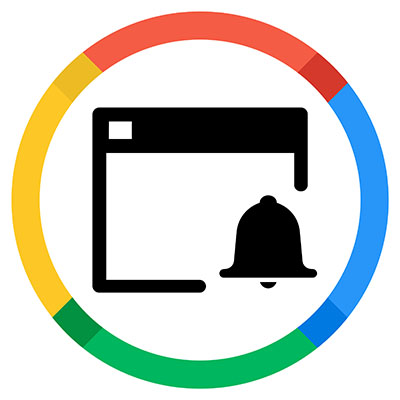Recent Blog Posts
Let?s look at how blank emails are often a sign of worse attacks to come. How Do Blank Emails Help Hackers? Let?s consider things from the perspective of the hacker for a moment. You only have so much time and money to spend on a spam campaign, so you want to make sure you?re using it as efficiently and effectively as possible. Why would you decide to spend your funds sending out completely blank emails?
Proactive Management Of the managed IT services available, this is the most crucial. The service provider uses state-of-the-art technology to remotely monitor your business? information systems to ensure that they are running optimally. Technology-related downtime is a huge time and money waster for most businesses and can result in some serious operational issues. By proactively monitoring and managing your business? technology, you?ll be able to get more out of your IT, and over time that additional uptime will save a lot of money.
First, what are Google Alerts? Google Alerts is a Tool Offered By Google to Deliver Content to You Basically, you can sign up to receive an email if a topic you?ve specified is searched for and new content comes up as a result, specifying how often you want to receive this report.
Here are three common myths about browser security that you?ll want to think twice about before you believe them. MYTH: HTTPS Means a Site is Always Secure If you see that ?s? at the end of ?HTTPS,? you might think, ?Oh, yes, that website is secure.? The imagery of the padlock icon doesn?t help matters either. In reality, just because a website has HTTPS, doesn?t make it a secure website. All it means is that the website has guaranteed the secure transmission of data, not what the website actually does with that data. The owner of the website could be a hacker or a criminal, for all you know. Be sure to verify the legitimacy of any website boasting HTTPS, especially if you have any doubts about how they might use your sensitive data.
Let?s talk about what some of Microsoft PowerToys can do for users of Windows 10 and Windows 11, as of this writing. What Does PowerToys Allow Users to Accomplish? This is just a sample of what PowerToys involves, mind you, but are likely the ones that you?d be most likely to use regularly in the workplace.







